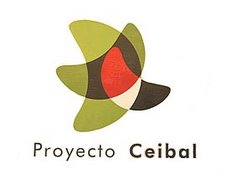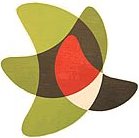Opening of bidding offers is delayed until next Thursday
As informed in the portal, we will have to wait one more week to know how the bidding proposals for the equipment of "Phase I" of the project are.
News, interesting information and ideas about the Ceibal project. Ir al blog en español
As informed in the portal, we will have to wait one more week to know how the bidding proposals for the equipment of "Phase I" of the project are.
Tags:
news
![]() 1 comments. Comment it!
1 comments. Comment it!
(Translated by Alec McLure from "Nuevos contenidos: ¡los niños al poder!")In the last few weeks I've been visiting Villa Cardal on a regular basis to provide support to school teachers (see pictures of a recent visit, here are some others taken by Fernando Cormenzana). The goal is to help them do new tasks with the laptops - tasks that sometimes require either some technical knowledge or English-language skills. English is still the main language both on the internet and on XO (just look at eToys).
Last week we worked with 4th and 5th graders to upload photos to a blog. You can see the first attempts at http://cardal-ceibal.blogspot
This adds on to our other initiatives (such as email) that have slowly been growing in the student population- among other experiences, it has allowed them to contact Brazilian children who are having similar experiences.
In a world where Spanish-language content is increasingly consumed although not much produced (for example, Spanish is in ninth place in Wikipedia's article count) it's a good sign to have this new generation of content creators. All that's missing is to have teachers join in in the revolution.
This video was taken by a student of Fourth Year of the school of Villa Cardal, with his XO computer. It is about a complicated birth of a cow.
It is worth remembering that Villa Cardal is a locality of great farming activity (“capital of the milk river basin of Uruguay”). This work is part of a series of activities that we are making in the school relative to the work in the "tambo" (dairy farm).


